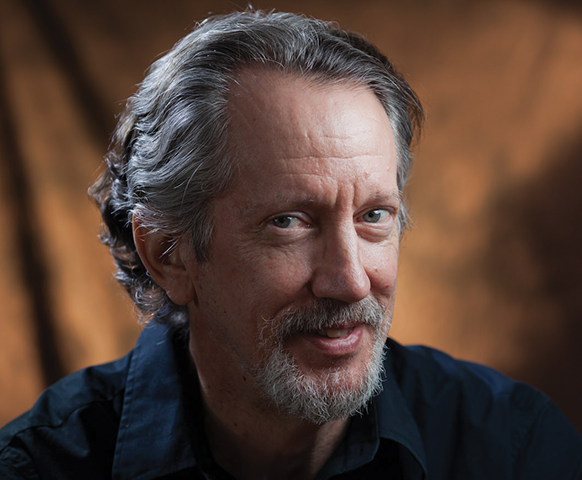
Image caption:
Dale Keiger
Editor
I remember watching John Glenn blast off.
Glenn's three-orbit flight in 1962 was the nascent U.S. space program's first manned orbital mission. I was in the second grade, watching on a portable television that our kind teacher had brought to class for the occasion. Rockets and astronauts and outer space consumed me. I watched every launch I could and for years maintained a scrapbook of newspaper clippings about space exploration. So imagine my delight when I found myself at the Johns Hopkins Applied Physics Laboratory in July watching the New Horizons spacecraft's rendezvous with Pluto. Nearly a decade earlier, I had been afforded the chance to see the craft before it was shipped to Florida for launch. In July, I watched as the New Horizons team accomplished its mission ("Moment of Truth") and the 61-year-old man that I am gave way to the 8-year-old who had watched John Glenn. I could not have been happier.
It would be hard to exaggerate the triumph of the engineers and scientists at APL and its mission partner, the Southwest Research Institute. When you work at Johns Hopkins, you get used to brilliance. Nobel laureates, MacArthur fellows, National Book Award winners—this place is chockablock with hyperintelligent overachievers. I'm used to it after 23 years. But I can still be dazzled.
While we're speaking of superb teams, I could not be happier to announce that the Council for Advancement and Support of Education recently conferred the 2015 Robert Sibley Award on Johns Hopkins Magazine, recognizing it as the best university magazine in the country. We believe our magazine is the one Johns Hopkins University—and you, our readers—deserve.

Dale Keiger
Editor
Give us your feedback by sending a letter to the editor via email to jhmagazine@jhu.edu. (We reserve the right to edit letters for length, style, clarity, and civility.)







